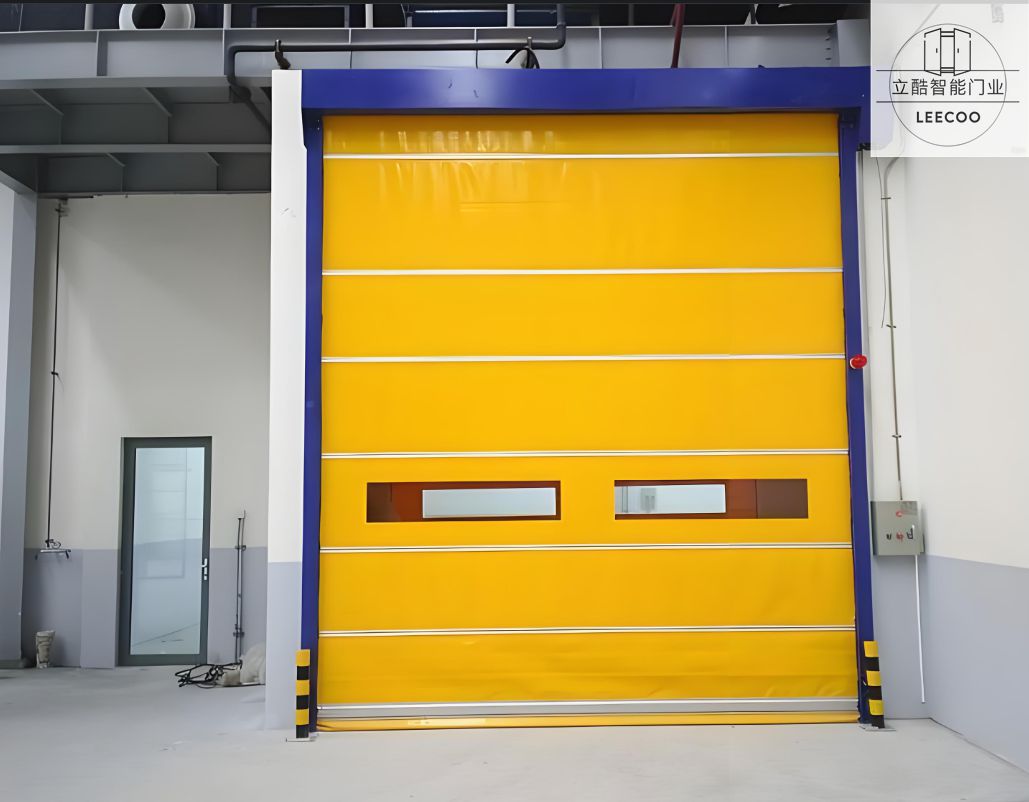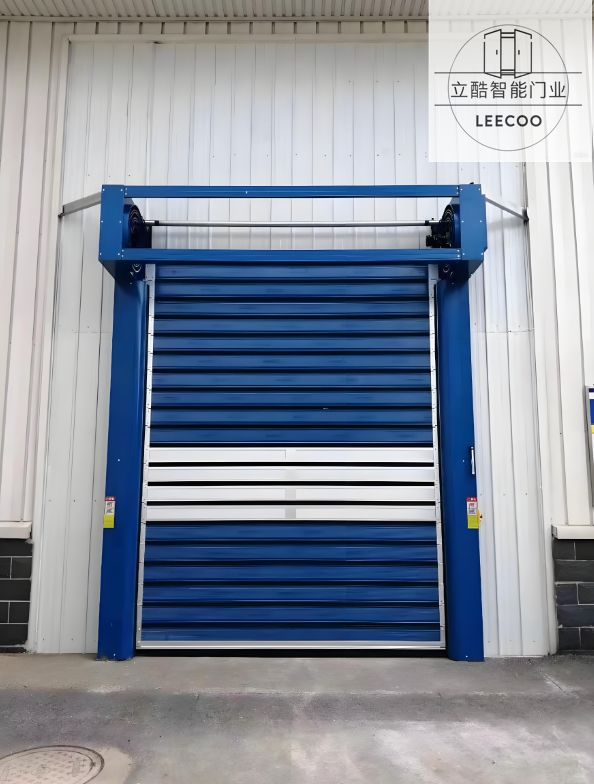Electric rolling shutter doors have become a staple in modern architecture, offering security, convenience, and energy efficiency across residential, commercial, and industrial settings. Behind their seamless operation lies a sophisticated blend of mechanical engineering, electrical systems, and safety protocols. This article delves into the core principles governing their functionality, from motorized drives to intelligent control systems.

The operation of an electric rolling shutter door hinges on three primary components:
Motor Unit: Typically housed within the roller tube, the motor converts electrical energy into mechanical motion. Options include AC induction motors for heavy-duty applications, DC brushless motors for energy efficiency, and tubular motors for compact designs. For instance, industrial-grade doors often employ 1.5–3 kW motors to handle large loads.
Roller Tube and Slats: The roller tube acts as the axle, winding the interlocking slats (made of aluminum, steel, or PVC) during closure. Slat design varies by application—insulated foam-filled slats enhance thermal efficiency, while perforated slats balance ventilation and security.
Guide Rails and Tracking System: Precision-engineered rails ensure smooth vertical movement. Galvanized steel tracks with self-lubricating bearings reduce friction, extending the door’s lifespan.
The door’s motion follows a two-step process:
Opening: Upon receiving a command (via remote, switch, or sensor), the motor rotates the roller tube counterclockwise, unwinding the slats. Guide rollers ensure alignment within the tracks, preventing lateral deviation.
Closing: The motor reverses direction, winding the slats back onto the tube. Advanced systems incorporate soft-start/stop technology to minimize wear and noise.
Mechanical Advantages:
Load-Bearing Capacity: Steel doors can withstand wind loads up to 120 km/h (per EN 13241-1 standards).
Space Efficiency: The compact design saves up to 70% of floor space compared to traditional swing doors.
Modern rolling shutters integrate smart control mechanisms:
Motor Control: Variable Frequency Drives (VFDs) adjust motor speed based on load requirements, optimizing energy use. For example, a 1.5 kW motor consumes 30% less power when paired with a VFD.
Safety Sensors: Photoelectric beams detect obstructions, triggering an emergency stop within 0.1 seconds. Additional features include bottom-edge sensors and pressure-sensitive safety edges.
Automation Integration: Doors can connect to building management systems (BMS) via IoT protocols, enabling remote monitoring and predictive maintenance.
Safety is paramount in rolling shutter design:
Force Limitation: Motors detect resistance and halt operation if excessive force is applied.
Emergency Release: Manual override systems allow operation during power outages.
Fire Safety: Fire-rated shutters (e.g., F90-rated doors) resist flames for 90 minutes, facilitating safe evacuation.
Rolling shutters cater to diverse needs:
Retail: High-speed doors (up to 2.5 m/s) reduce waiting times and energy costs.
Industrial: Heavy-duty shutters withstand harsh environments, featuring corrosion-resistant coatings.
Residential: Insulated shutters improve thermal comfort and reduce heating/cooling expenses by up to 30%.
Sustainability: Solar-powered motors and recyclable materials (e.g., aluminum slats with 95% recyclability).
Smart Technology: AI-driven sensors enable predictive maintenance and adaptive control.
Safety Standards: Compliance with EN 13241-1, UL 325, and ASTM E283 ensures global safety.

Electric rolling shutter doors represent a convergence of innovation and functionality. By understanding their mechanical, electrical, and safety principles, users can optimize performance, reduce maintenance costs, and enhance security. As technology evolves, these systems will continue to redefine efficiency and reliability in modern architecture.
This article provides a foundational overview, but real-world applications demand tailored solutions. For critical installations, consulting certified manufacturers (e.g., Hörmann, ASSA ABLOY) ensures compliance with local regulations and safety standards.
Contact:陈明龙
Phone:19200497706
Tel:19200497706
Email:shally79@sina.com
Add:佛山市南海区桂城街道夏东涌口村工业区石龙北路北区一横路5号